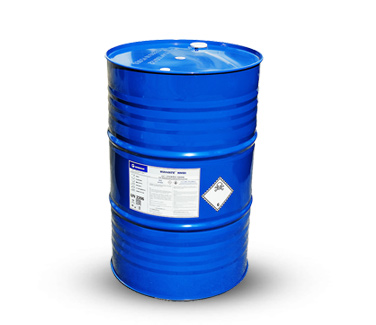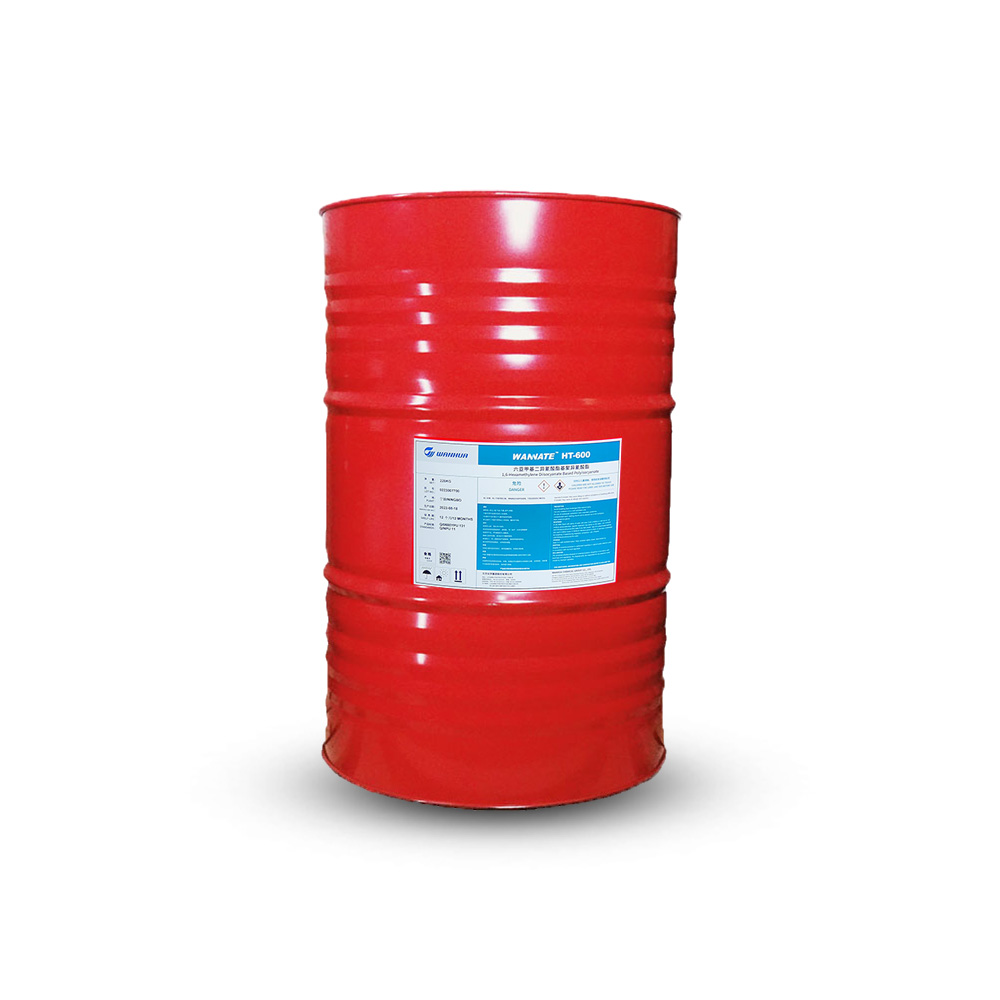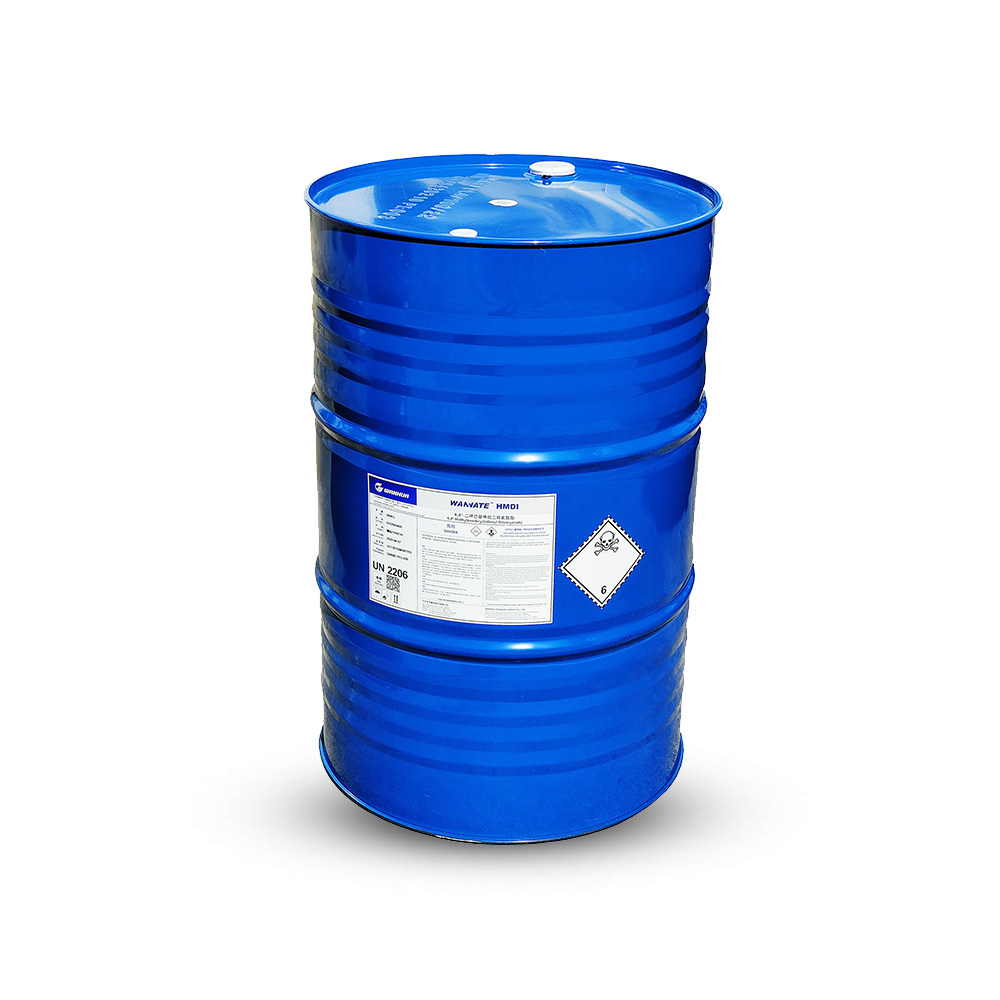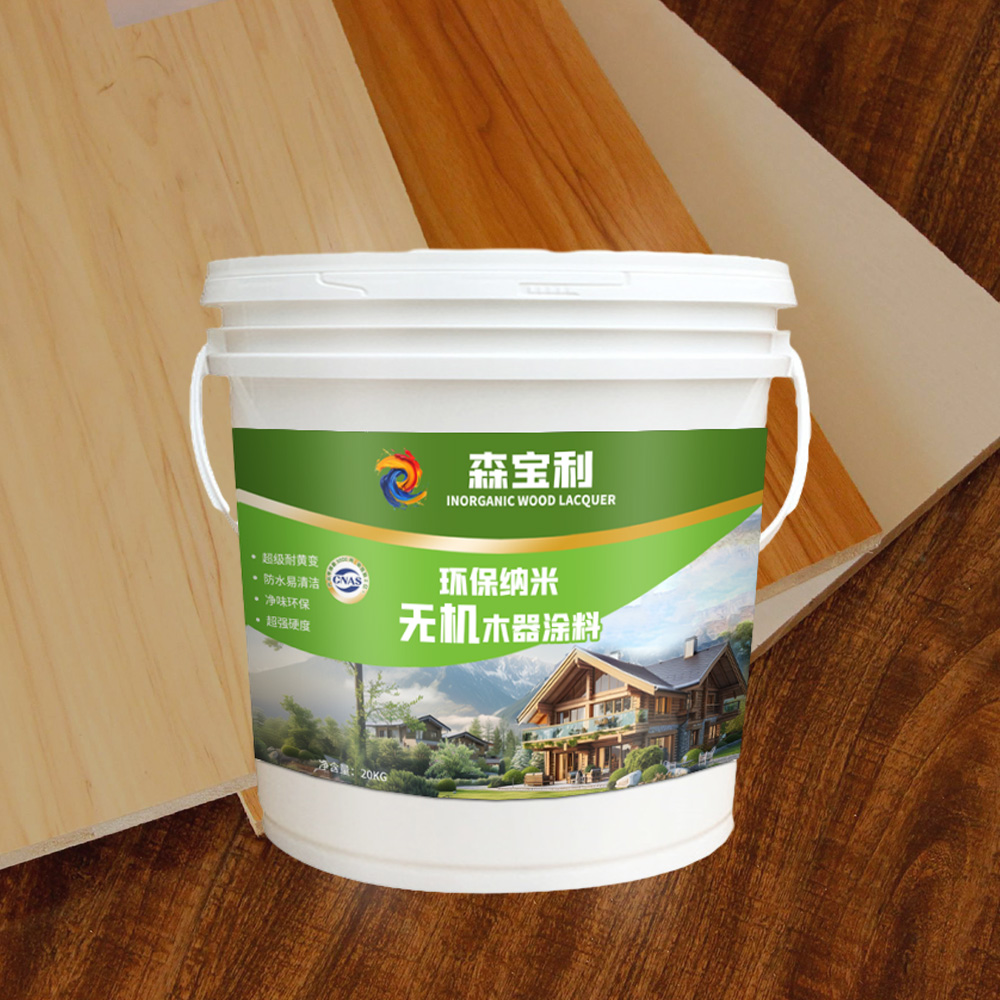Welcome to Senbaoli

HMDI
- Good mechanical strength
- Form optically clear polyurethanes
- Resistant to abrasion and hydrolysis,
Application
HMDI (4,4’-dicyclohexyl methane diisocyanate) is a liquid cycloaliphatic diisocyanate. It is a colorless or pale yellow liquid with low viscosity and characteristic odor.
Density at 25 ℃ ~ 1.07 g/cm3
Viscosity at 25 ℃ ~ 30 mPa·s
Freezing Point 25 ℃
HMDI is raw material for polyurethanes. Polyurethane resins based on HMDI have good mechanical strength. They are resistant to abrasion and hydrolysis, and retain gloss and physical properties upon weathering. A unique feature of HMDI is its ability to form optically clear polyurethanes when combined with suitable polyol coreactants. Products based on HMDI may be useful in coatings for flooring, roofing, maintenance and textile applications as in cast elastomers, potting and encapsulation compounds, optical products, medical products, adhesives and sealants.
Specification
Properties | Unit | Specification |
| HMDI Purity | %(A/A) | 99.50 |
| NCO Content | % | 31.80 |
| Chromatic Number | APHA | 30 |
| Hydrolysable Chlorides | % | 0.0010 |
| Total Chlorides | % | 0.10 |
Package(s)
200 kg Metal drum
Storage / Solubility
HMDI is sensitive to moisture and therefore should be stored in its sealed original containers. Water or moisture in the air reacts with the product and generates pressure. If partially filled containers are stored, it is advisable to blanket the liquid surface with dry nitrogen before sealing.
At approx. 25 ℃, crystals will generate in HMDI and setting on the bottom. The product should therefore be heated to 40 ~ 50 ℃ and homogenized before use. This process also allows the use of product which has already crystallized.
Shelf Life
HMDI is sensitive to moisture and must be stored in tightly sealed container.
It can be stored for at least 12 months at temperatures between 0 and 30 ℃.
The information provided here is for reference only. The specification will be provided in the quality certificate or in the contract. It is the user’s responsibility to test the material and its suitability for a process. We have no control over what another party does with the material and we cannot take any responsibility for another party’s action. Nor will we be responsible for any indirect damages while using our products. The user is welcome to contact our customer and technical service center with questions on our products.






